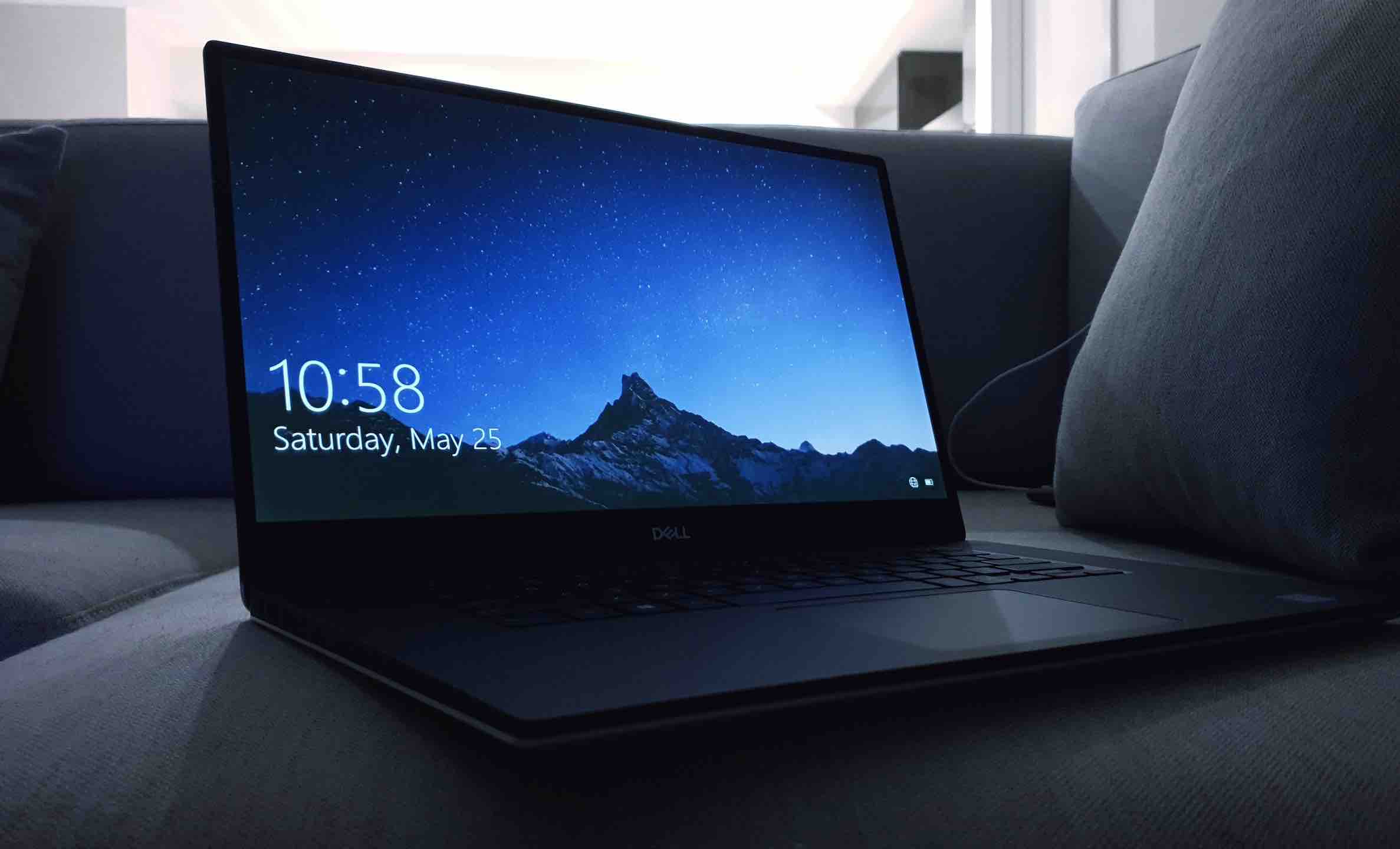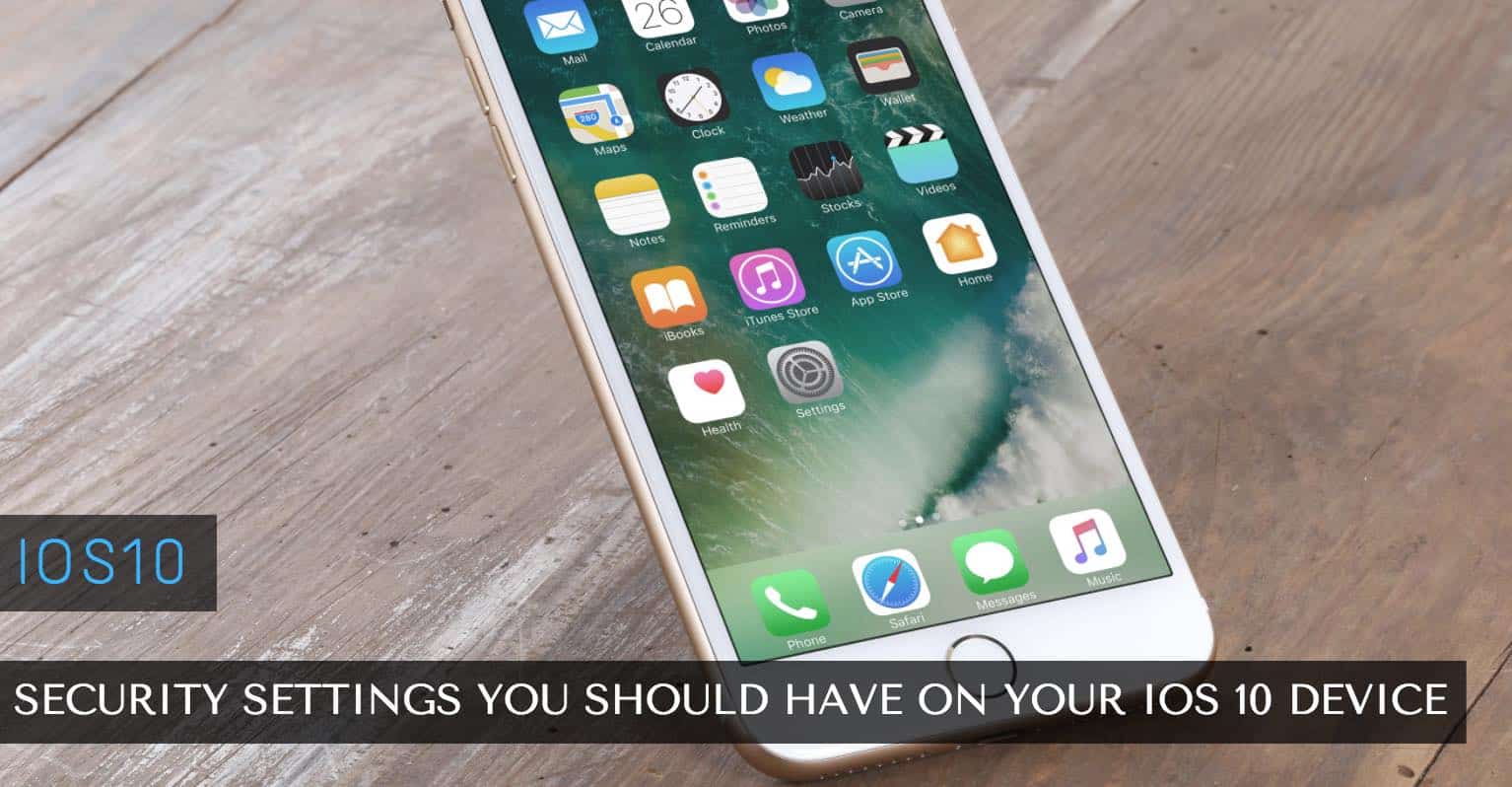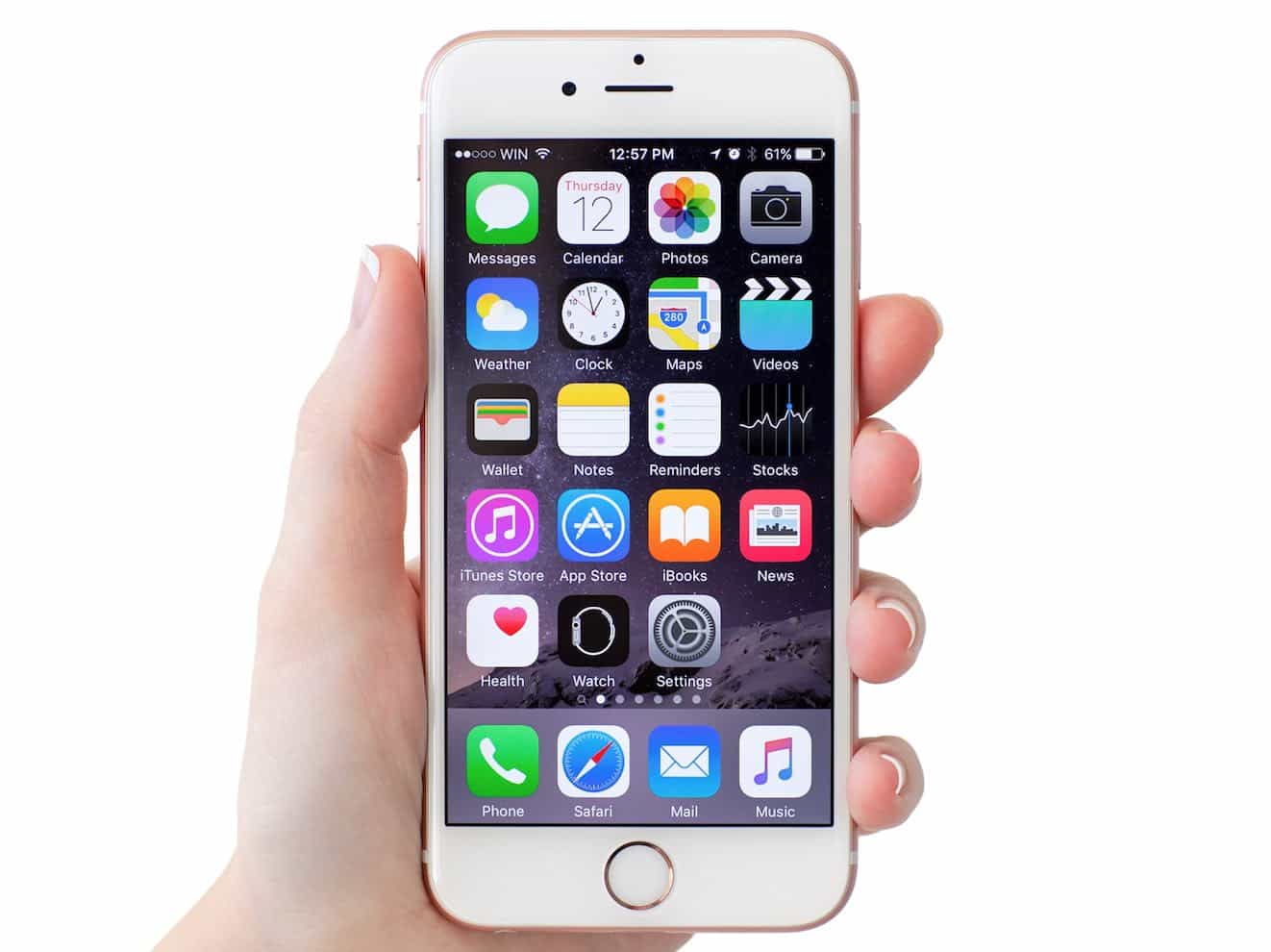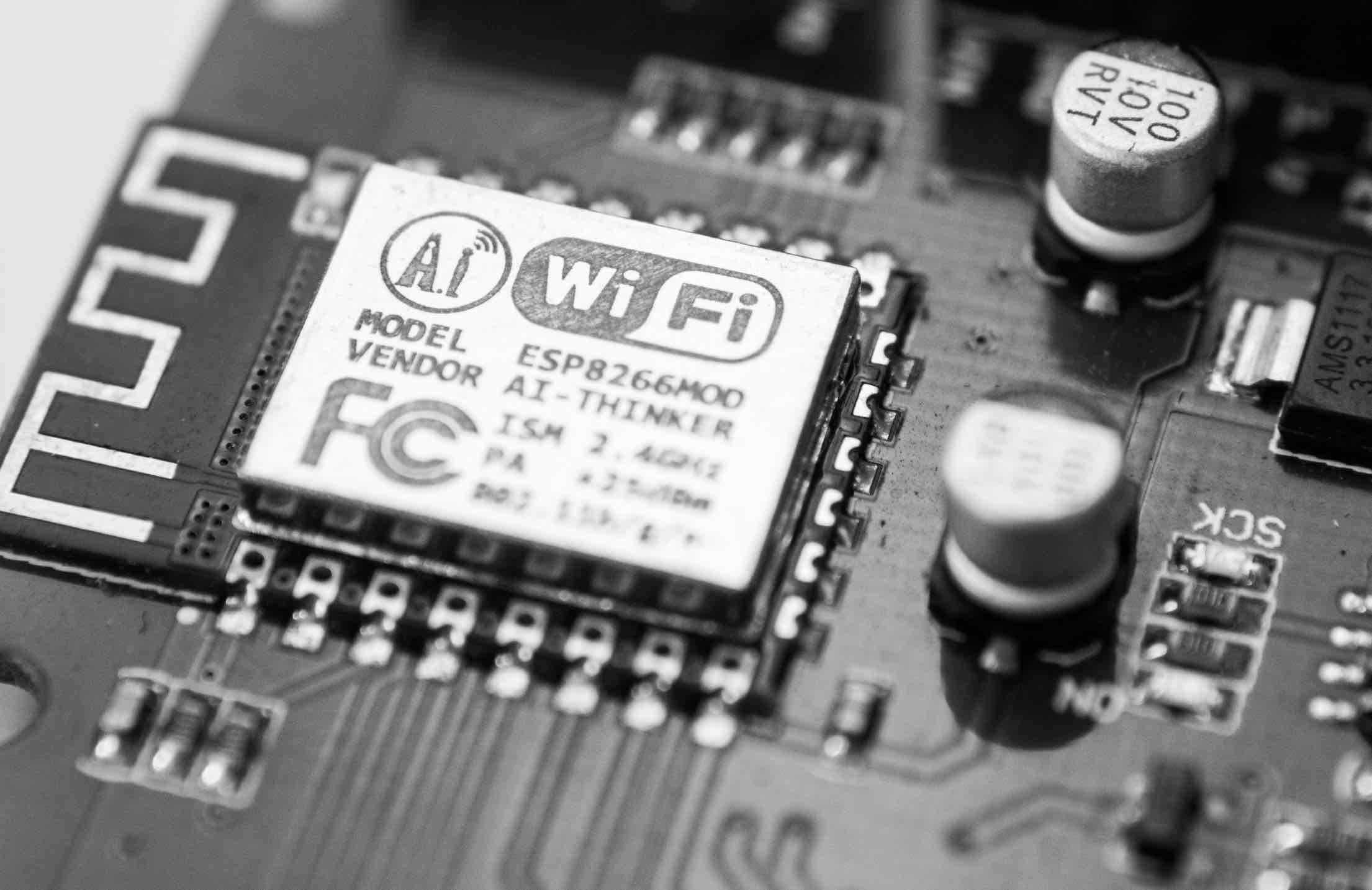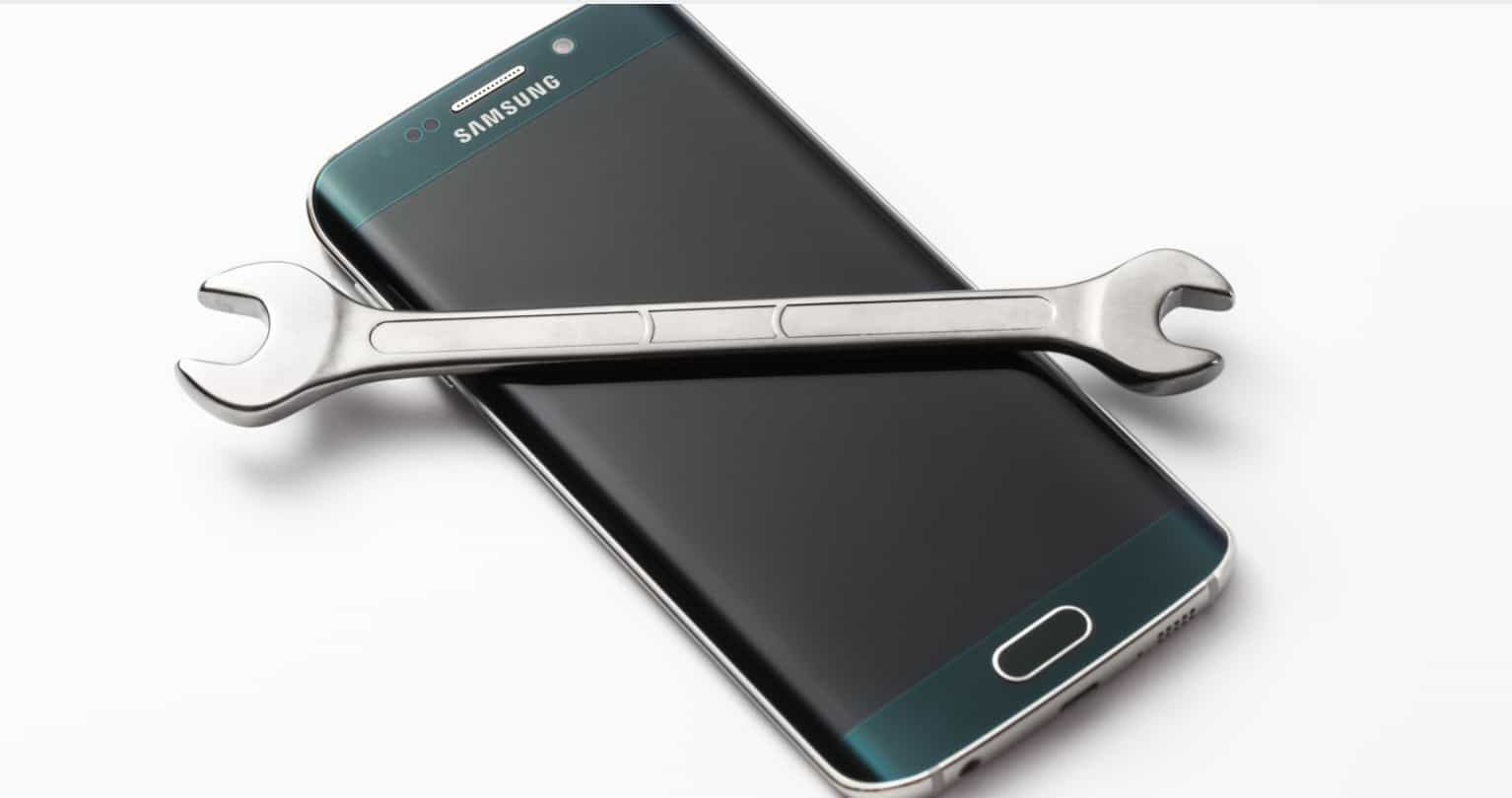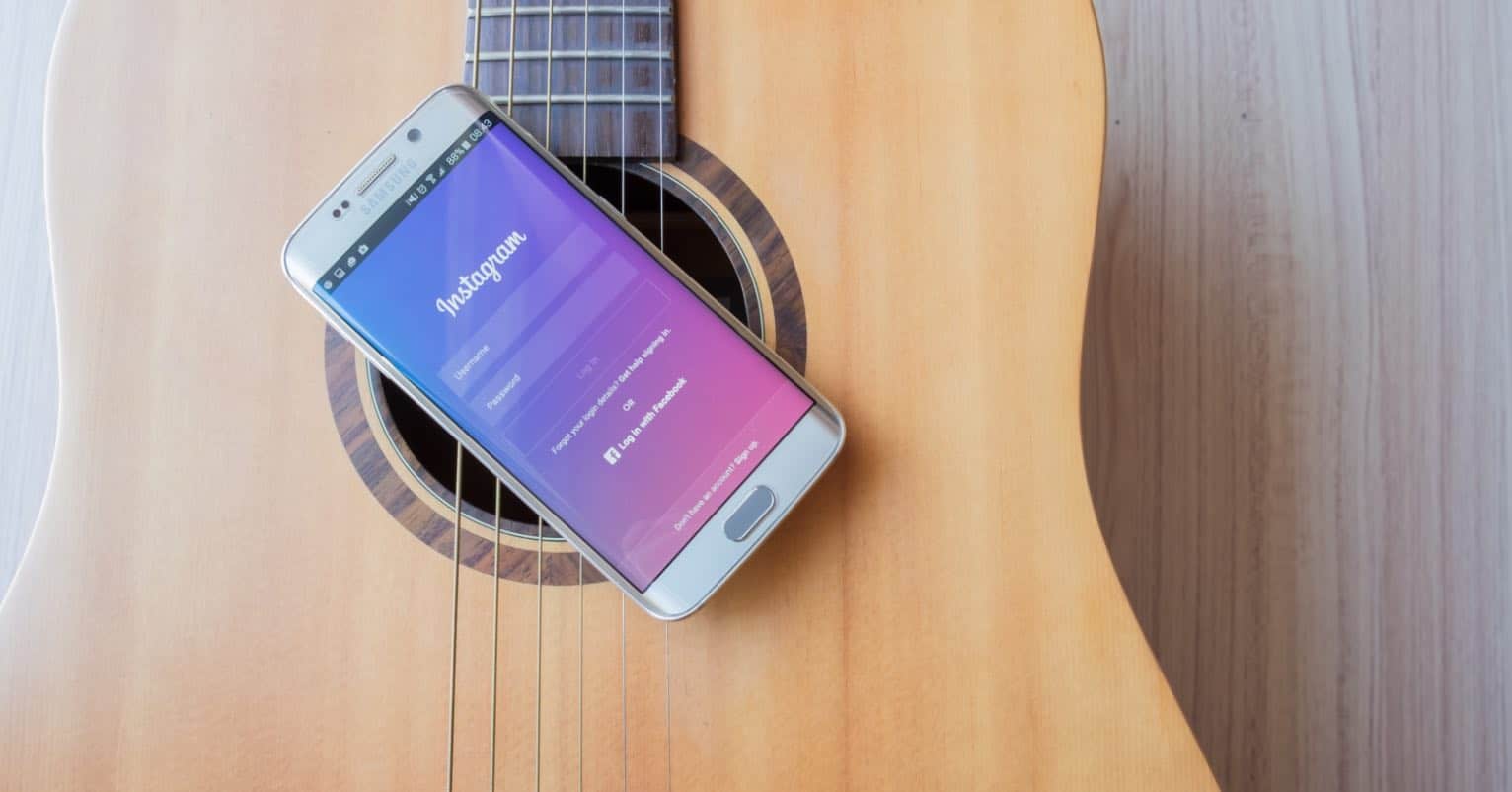Making Life With Technology More Fun.
Latest News
![How to Block Calls on Android [No Apps Needed]](https://mrhow.io/wp-content/uploads/thumbs_dir/android_block_call-n59hwxvcib7r925l2jee9wtm8yxrcn73zffryutakk.jpg)
How to Block Calls on Android [No Apps Needed]
Why does it invariably appear that despite your best efforts to restrict your phone number to trusted individuals, some strange person always happens ...
AndroidInternet
How to Use Face Swap on Snapchat (Face-Swap Feature)
Snapchat stands as one of the top instant messaging applications with countless active ...
Android
How to Add a WhatsApp Profile Picture Without Cropping
Whenever you need to alter your WhatsApp profile image, cropping becomes a necessity, ...
macOS
How to Get Access to The Hidden Library Folder on Your Mac
The library folder on your Mac is hidden by default because it contains specific files ...
Android
How To Take a Selfie of Whoever Is Trying to Unlock Your Android
Regrettably, it's crucial to be cautious about where you put down your smartphone, even ...
macOS
How to Add a Shortcut to a Website in the Dock on Your Mac
If there's a particular website you visit often and you prefer not to manually enter its ...
Windows
How to Password Protect Files & Folders on Your Computer
I understand that you may have many concerns, and the possibility of others accessing ...
Show next
About Me
It’s great to see you here, and thank you for spending your precious time reading this. My name is Solomen, and I am a young man who loves to write about Tech, WordPress, and much more. I am the founder of Mrhow.io, whose goal is to bring a comprehensive how-to guide to the Internet with content understandable for regular users.
If you have any inquiries about the software or the content on my site, please feel free to reach out at contact@omghowto.com.



